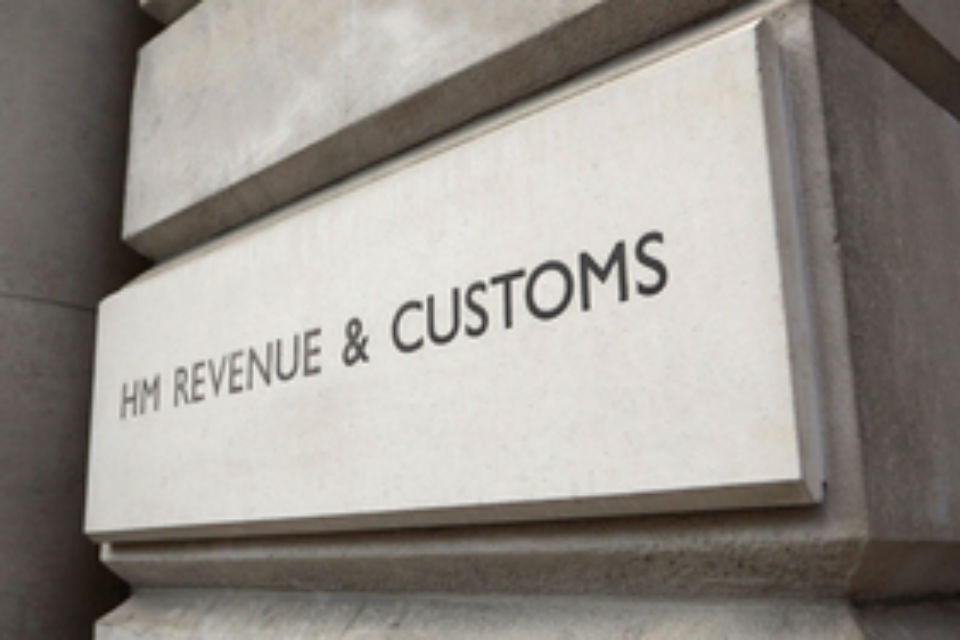This week saw the official launch of the Singapore’s dedicated government tech agency GovTech. Rebecca Hill spoke to the organisation’s chief information officer Chan Cheow Hoe about the issues facing government digital services and how his team is addressing them.
Chan Cheow Hoe – Photo credit: GovTech
“There used to be an expectation that government can solve all citizens’ problems,” says Chan Cheow Hoe, deputy chief executive and government chief information officer of the Singapore’s government technology agency GovTech.
“But it’s naïve to think that. Ultimately we don’t have the wisdom to know everything,” he says. “We’ve become a lot more discriminating in what we do as a government.”
Instead, Chan says, he and his colleagues are planning to build an ecosystem that developers, citizens and companies can use – to put government data out into the community and work to co-create solutions with the civil service.
“This is a radical mindset shift. It’s quite hard to sell, because government has always been ‘us or them’ and this attitude is very different,” he says.
For instance, government should no longer focus on just creating sites or apps itself – it needs to build Application Programming Interfaces so people can design their own apps. This idea has worked to great effect for Transport for London, with its API attracting more than 8,500 developers and its data supporting more than 500 apps, such as CityMapper.
Related content
Brunel professor: Singapore internet block isn’t a backwards step
‘Our country was like a start up’: Lessons from Estonia and why true e-government requires trust and buy-in
Top tips for smooth data migration
But this is about more than tech companies building apps, Chan tells PublicTechnology. “We want to create digital communities; to bring people together and get them to help us solve problems.”
Chan cites the country’s My Responder app, as an example. Emergency services use this to alert a network of medically-trained volunteers to people having a heart attack within 400m of their location, so the patient can get immediate help, rather than waiting for an ambulance that might have to battle dense city traffic.
Creating the app took less than five months and attracted 10,000 volunteers within a year, which Chan says is a quicker way of reducing deaths than changing traffic control measures or squeezing budgets for more ambulances on the road.
But he acknowledges that such initiatives only work when citizens are digitally engaged, and that Singapore is a well-connected nation with a concentrated and small population.
Legacy pain
At the same time as encouraging a shift in the way citizens interact with the government, the civil service is going through its own changes.
“Most of the problems we’re dealing with today can’t be solved by one agency,” Chan says. “We’ve started building one system, with a much more user-centric design, that [brings together] all of the different legacy systems.”
Chan’s strategy has been to stop big projects – “they took a lot of money and time, and always end up crashing and burning” – and focus on creating new digital services that didn’t try and integrate old systems.
“We knew it would be very difficult to integrate the systems, so we took the approach of integrating the data,” says Chan. “The pain some countries go through trying to rebuild a lot of legacy systems in government!”
The Singaporean approach was to build business services as data layers in the front-end of the systems, then create an API that uses the data from those systems.
Chan says that, as more services are added, the legacy systems will become “nothing more than just a database” that can be changed in time.
“To de-layer and take out all business rules from these legacy systems… you can’t do it: it takes too much time and is too risky,” argues Chan.
“This approach has turned out to be very successful. We were able to build many of these systems fast – some within four to six months – and it cost $150m, with many costing less than $2m.”
Singapore’s answer to GDS
Meanwhile, the government has this week launched its dedicated digital agency, GovTech. The agency, which was first announced earlier this year, is part of a move to restructure the government’s information and media arms. GovTech will develop digital services and applied technology for citizens and businesses across Singapore, and will cover governance, cyber security, digital services, infrastructure and apps.
In addition to this, Chan’s team also runs the IT for more than half of the government’s 98 agencies – something that sets it apart from the UK’s Government Digital Service, which has stopped short of getting involved with departmental IT.
Most of these agencies are smaller, Chan says, and can’t employ enough staff to manage it on their own.
“The government realised many years ago that many of the agencies don’t have the critical skills to run an IT department, and they can’t offer career progression,” says Chan.
“We run government IT as a totality, where people get moved from department to department and we can grow their careers.”
Reflecting on the way government uses tech to solve problems – whether they’re public service delivery challenges or IT issues within the civil service itself – Chan says the most important thing to remember is to be “tactical with the tech”.
There is a tendency to see a new technology and want to use it immediately, he says, but it’s crucial people focus on understanding the problem first, and then think about the best way to solve it.
“It doesn’t have to be the latest, greatest stuff – you can often use existing tech, and I think this works well, because it ensures that we’re accountable and that whatever we do has an impact,” he says, concluding that “if it’s just tech for the sake of tech, then it’s a waste of money”.
This article was amended on 10 October to clarify the Singapore government’s information and media reorganisation.



